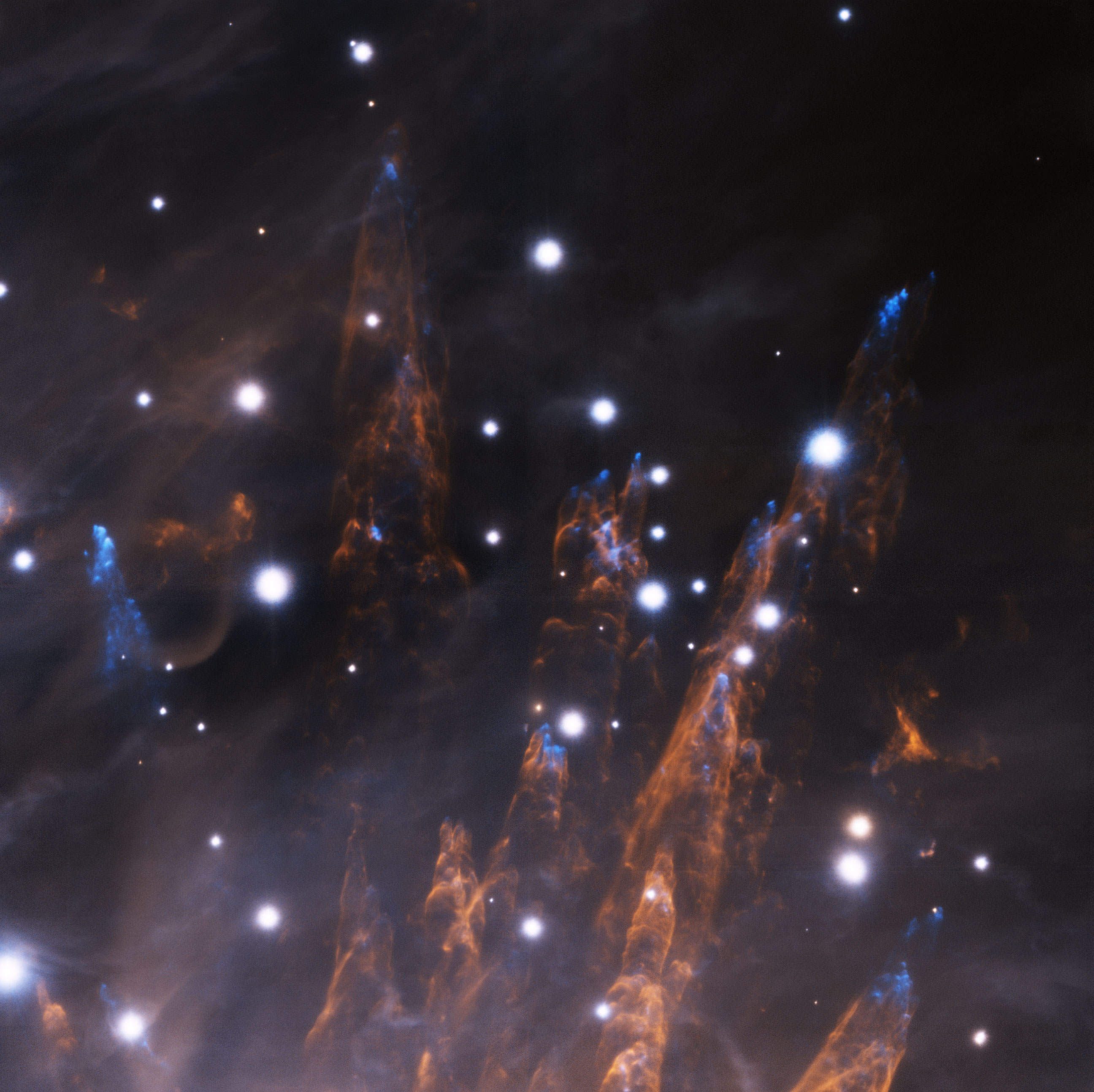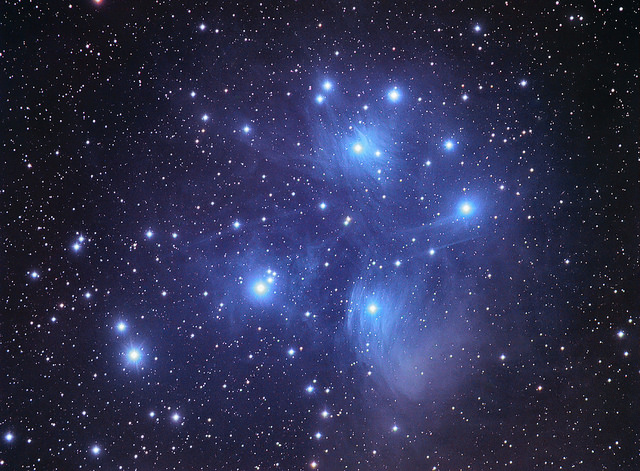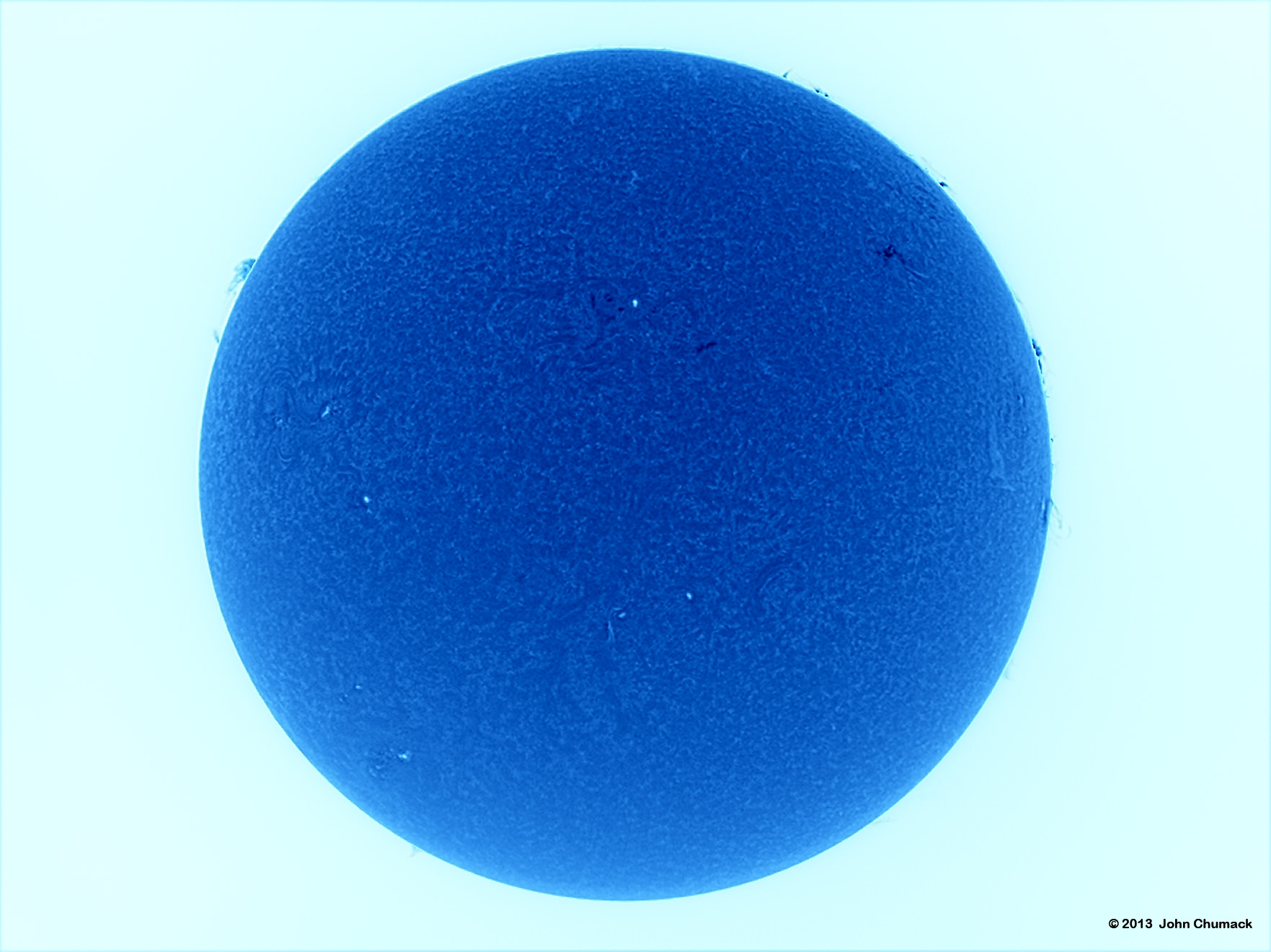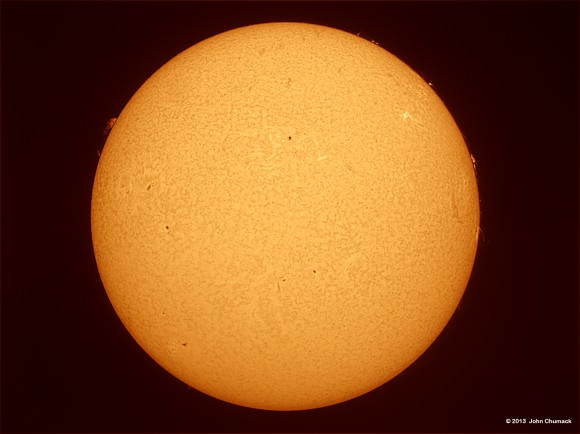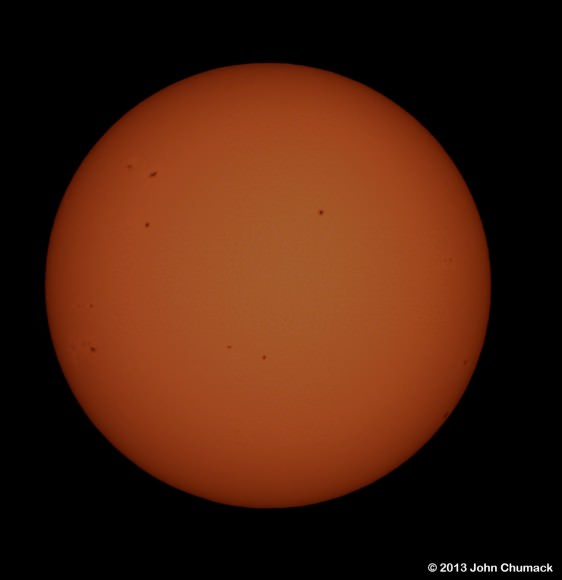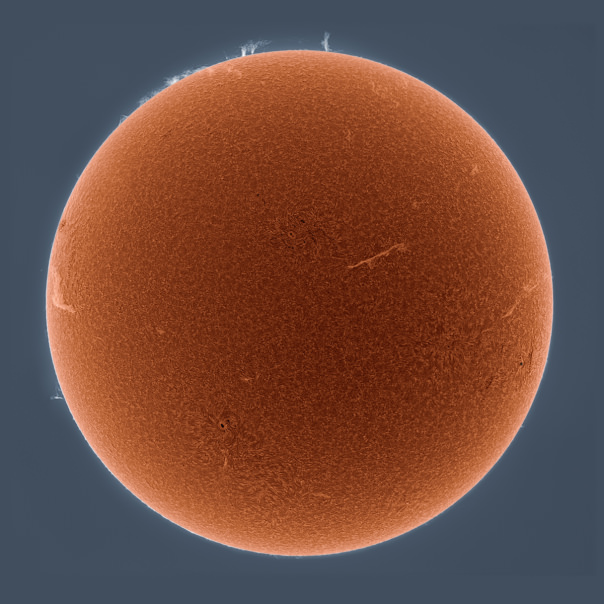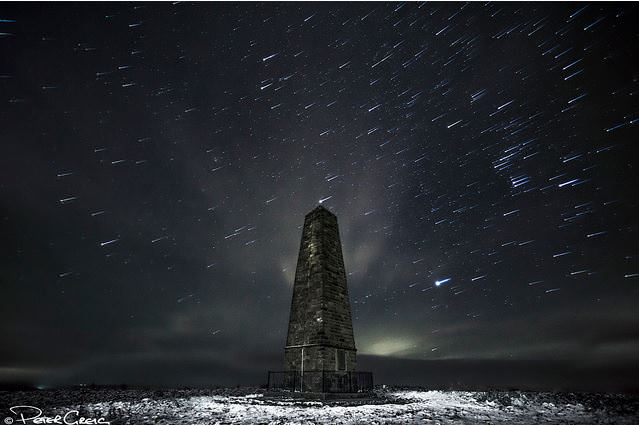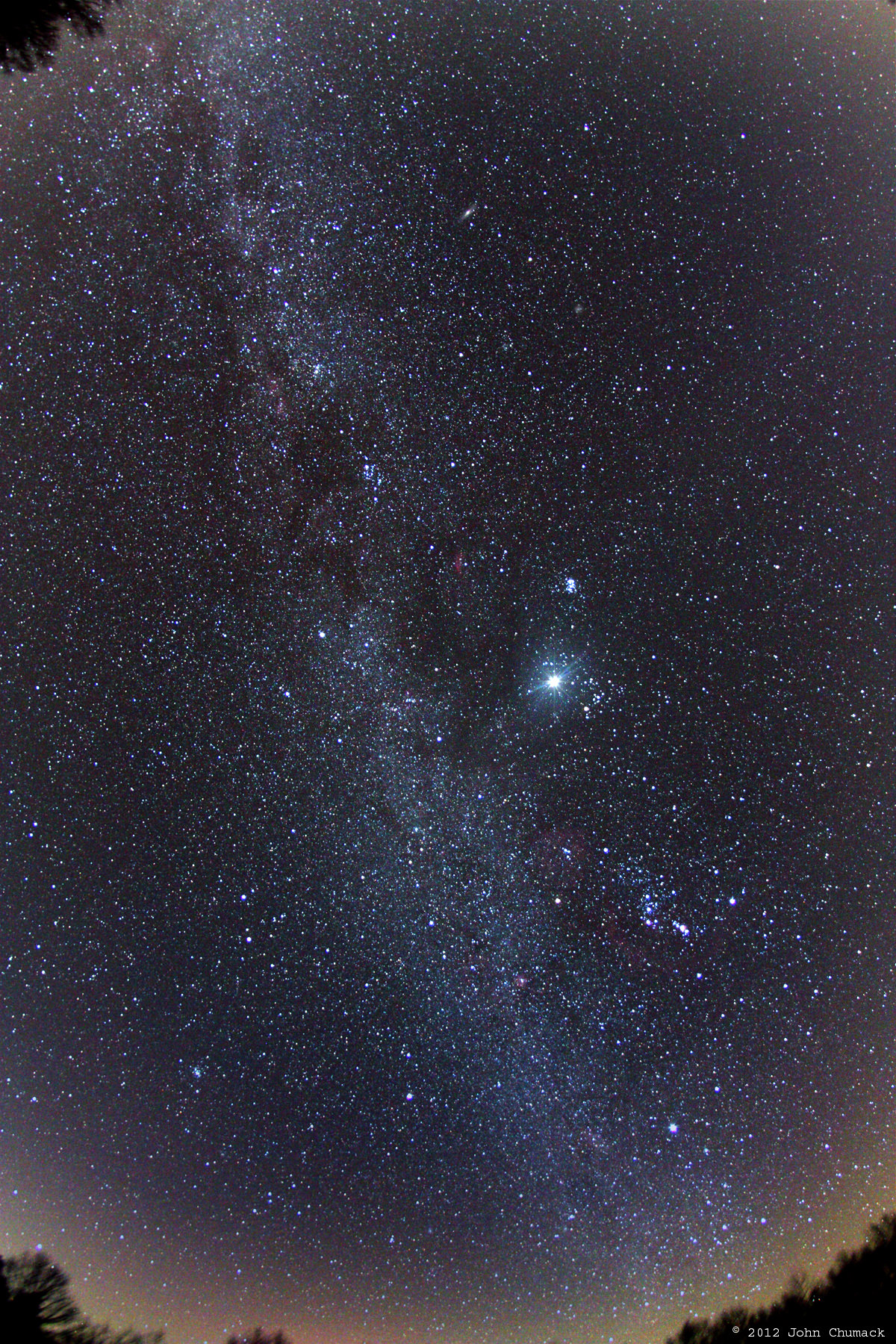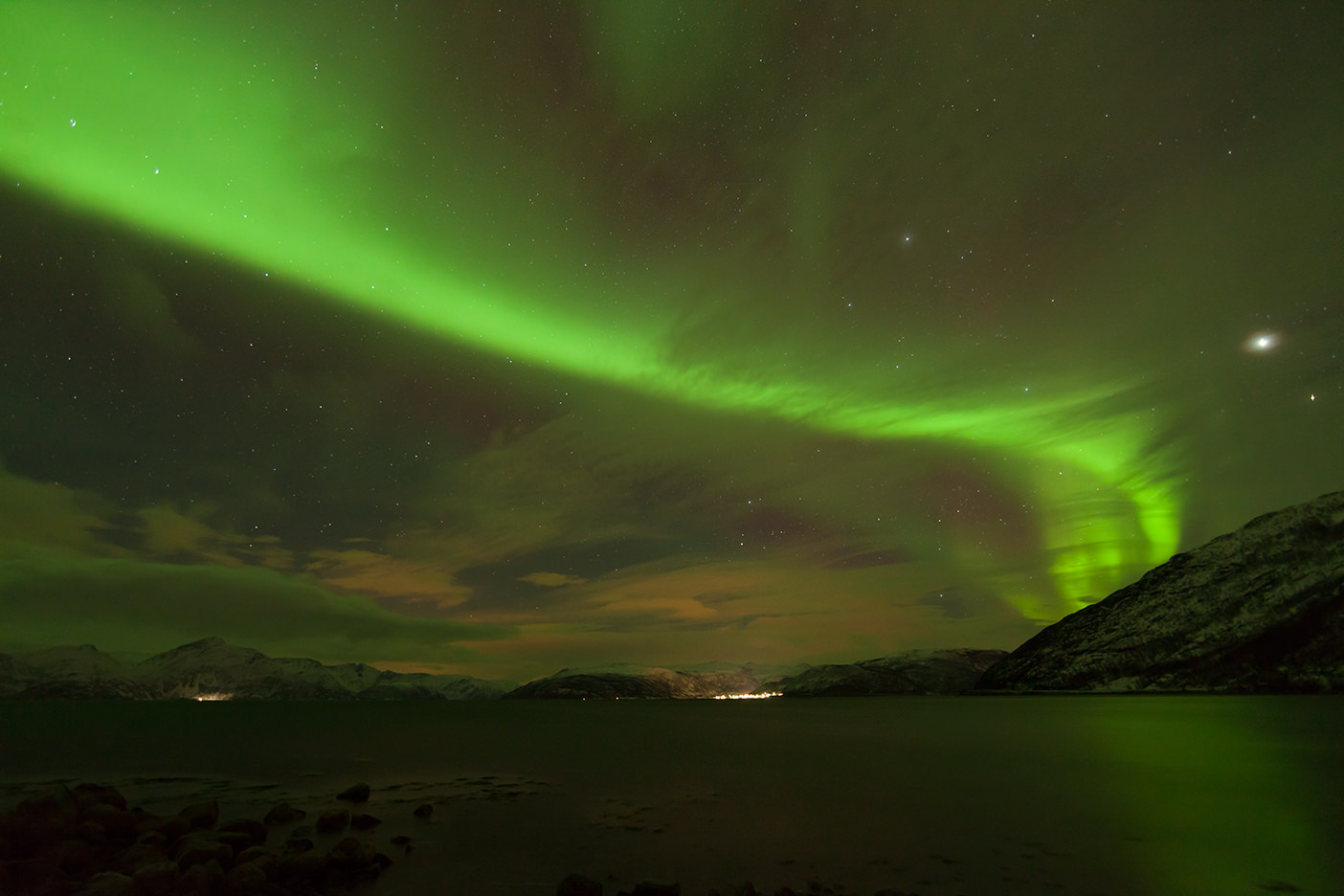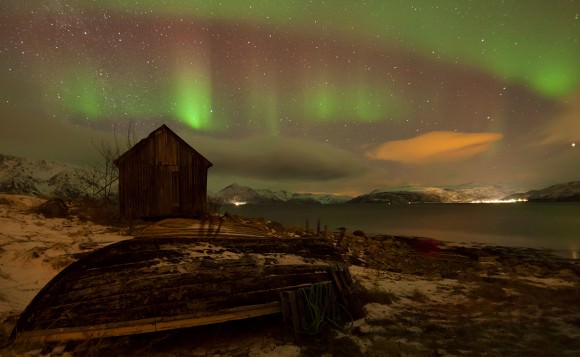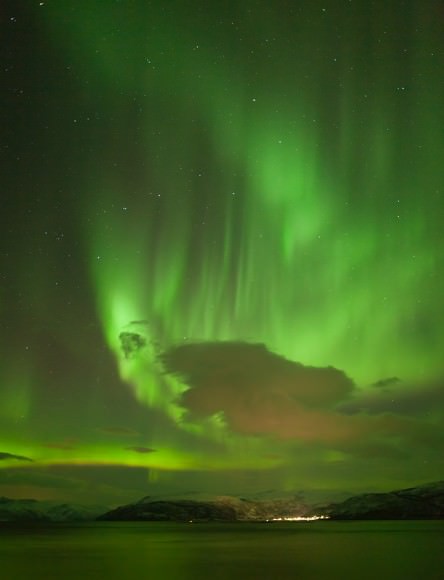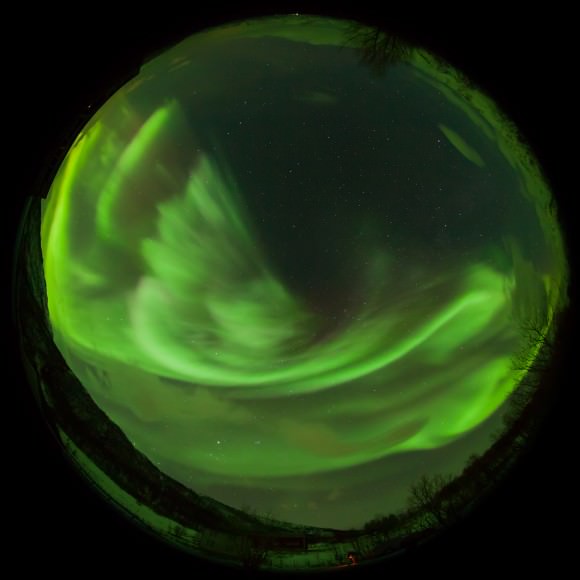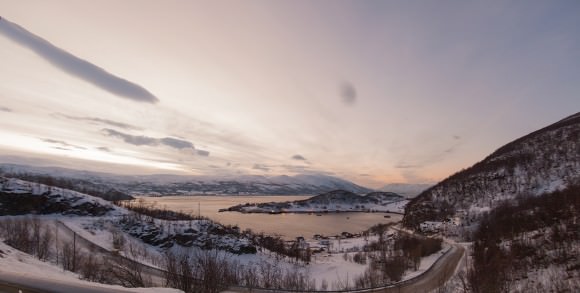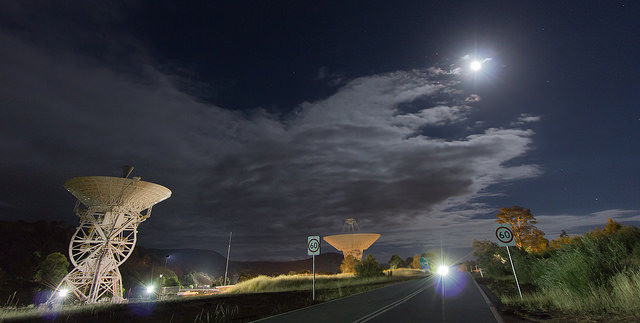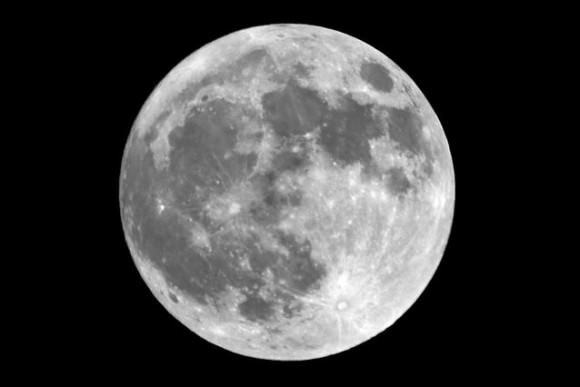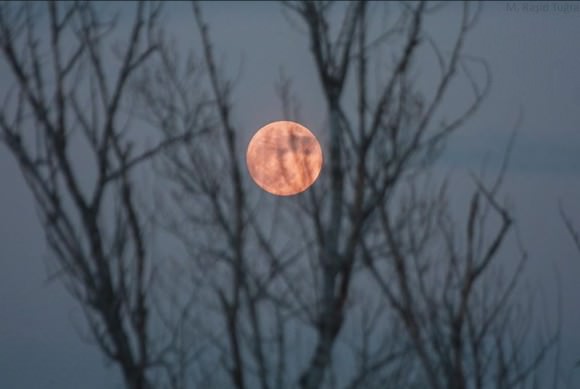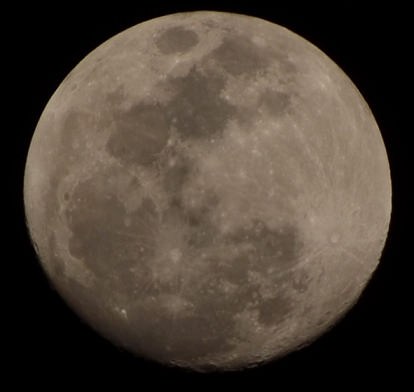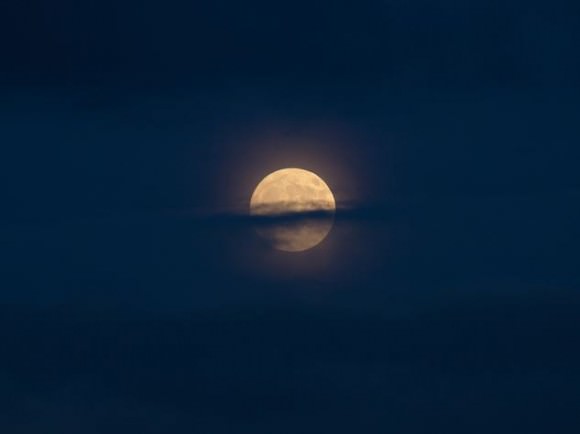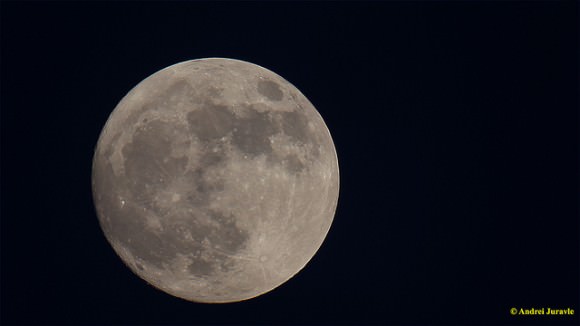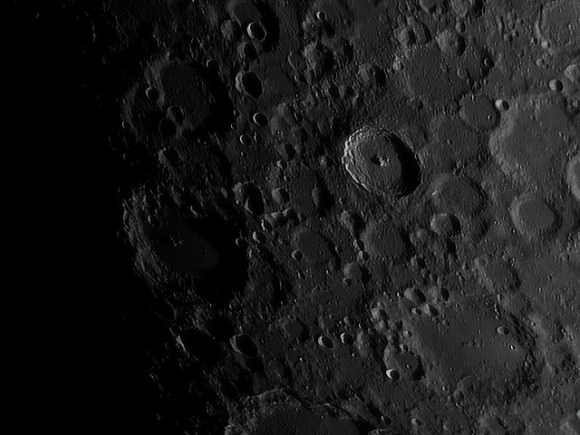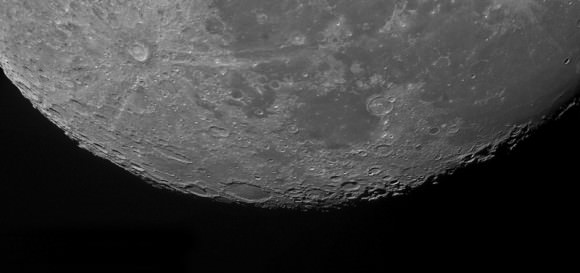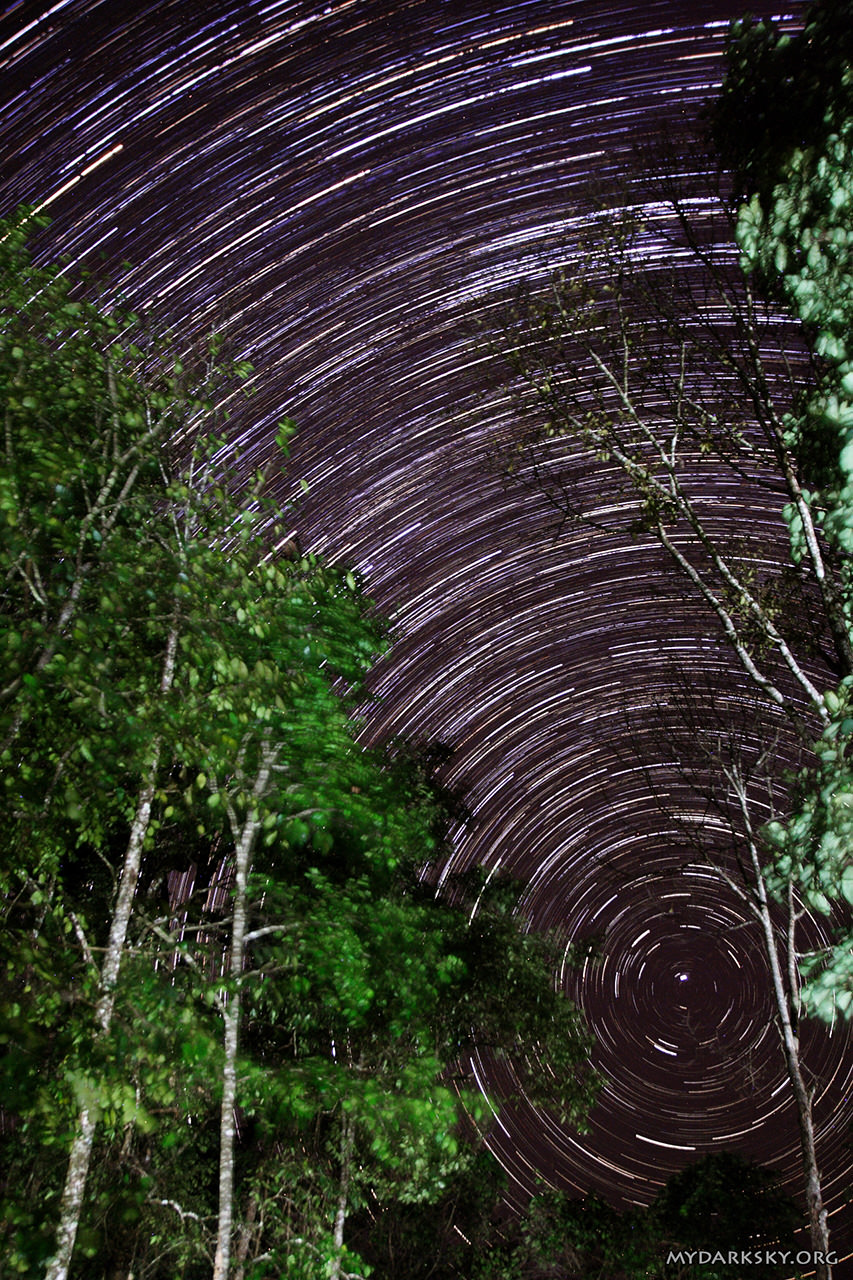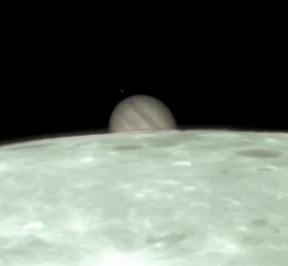This is the part of the Orion nebula. Recognize it? You may not, as this stunning new image comes from the Gemini Observatory’s recently-commissioned advanced adaptive optics (AO) system named GeMS. It shows clumps of gas ejected from deep within the Orion Nebula which are nicknamed ‘Orion Bullets.’
“The combination of a constellation of five laser guide stars with multiple deformable mirrors allows us to expand significantly on what has previously been possible using adaptive optics in astronomy,” said Benoit Neichel, who currently leads this adaptive optics program for Gemini. “For years our team has focused on developing this system, and to see this magnificent image, just hinting at its scientific potential, made our nights on the mountain – while most folks were celebrating the New Year’s holiday – the best celebration ever!”
The team took the image on December 28, 2012.
About five years ago, astronomers took an image of the Orion Bullets using a previous version of adaptive optics called Altair. Gemini’s instrument scientist for Altair, Chad Trujillo, pointed out that in one shot GeMS covers a significantly larger field-of-view than Altair and a higher quality image.
“The uniformity and performance across the image is amazing! In this new image, the pixels are 2.5 times finer and there are about 16 times more of them,” he said. Both the correction quality and the field-of-view are considerably better than the previous generation of AO systems.”
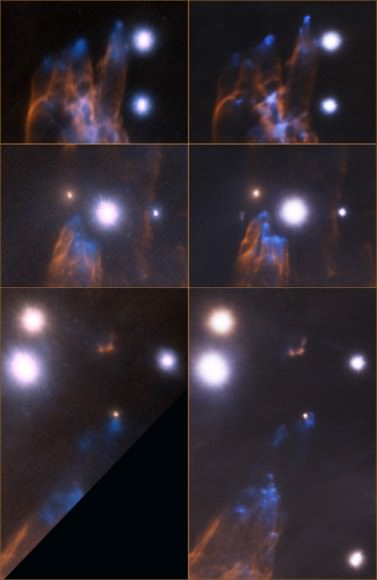
Read more about the GeMS system at the Gemini Observatory website.

